
Podcast: Drone Tech and Solutions with Jon Gruen
Fortem CEO Jon Gruen and Security Today Editor-in-Chief Ralph C. Jensen Discuss Fortem's Counter-UAS Advantages
In this episode of SecurPod, Ralph C. Jensen, editor-in-chief of Security Today magazine, talks with Jon Gruen, CEO of Fortem Technologies. Fortem Technologies is a well-known unmanned aerial surveillance manufacturer with experience on consumer and commercial applications, as well as on the battlefield for the past 10 months in Ukraine. Gruen highlights his experience and Fortem Technologies’ capabilities on a global platform, discussing the current state of the drone threatscape, both from a public and military standpoint. In addition, learn about what to expect from the C-UAS space in the future and the evolution of drone technology for years to come.
Ralph: Hello and welcome to Securpod. Securpod is part of the Security Today magazine franchise, and another form of media to share technology, solutions, and innovations within the physical security world. For as long as I can remember, I have been fascinated with airplanes and flight. Today is no exception, however, the players have changed… I am talking about drone defense and detection. I am Ralph C. Jensen, editor-in-chief and director of Security Today magazine. Drones are not new to security or surveillance, in fact, they have been essential to military operations since the 1970s and depending upon the definition of an unmanned aerial system, think back to the 1950s. Drones have been on the battlefield for quite a while, but it is a technology that continues to get more sophisticated, and likewise, more difficult to stop. Today on Securpod, I have the opportunity to speak with Jon Gruen, the Chief Executive Officer at Fortem Technologies. Before we start, I want to share a little background on Jon. He is a 1997 graduate of the US Naval Academy with a degree in physics, specifically oceanography. He achieved the rank of Captain and his duty assignments have included Seal Team One, Naval Special Warfare Unit Two, and Seal Team Three, where he served an increasing seal platoon and task unit leadership roles in Operation Enduring Freedom in Afghanistan and operation Araki Freedom. Welcome Jon and thank you for meeting with me today.
Jon: Thank you Ralph, and great to be here.
Ralph: As I noted, I have been very interested in airplanes and flight for a long — years and years, and your military career is impressive, and no doubt filled with stories of daring and intrigue. Today we are going to focus on unmanned aerial systems, but for our conversation, let’s just call them drones. Everybody knows what a drone is. And the content will be thought leadership from your perspective. I have been fortunate to visit Fortem Technologies in Pleasant Grove, Utah — As well as out in the field for a high flight demonstration. Can you tell me a little bit more about your duties and assignments at Fortem?
Jon: Certainly. So, I am the Chief Executive Officer. My role is to run the company but make sure the strategic direction both on our product development but also our go-to-market efforts are aligned with customers that are in need of this kind of counter drone technology which is vastly growing year over year around the world.
Ralph: You know we’ve seen in the news the past nine or ten months and heard numerous reports on drones, in this case, nefarious purposes used in the Ukraine. What is the current state of the drone threatscape both from a military and public safety standpoint?
Jon: Well, it certainly is growing almost exponentially. So, when you mentioned both my career in the military as well as your interest in drones over the decades, I’ve always had access to drones either the tactical level or at the strategic level, operational level of war where it’s been militaries that have owned that capability and been able to utilize it. That’s been true for at least most of my career but in the last 4 to 5 years, we’ve seen an immense proliferation of drone technology out into the commercial sector and what that’s enabled is bad actors to utilize that commercial drone technology in a way that threatens our forces and our allies like never before — and that’s both on the military battlefield but that’s also moving into the security realm around critical infrastructure and even things like prisons, where drones are now used as a way to smuggle contraband into a prison, so, they really are effecting all elements of the defense security landscape.
Ralph: I guess when I think of a drone, outside of use in the military, the thing that comes to my mind is the use of a drone in conjunction with Saturday afternoon college football, and that’s gotta be very worrisome to security professionals associated with the university as well as local police. Would that be a fair statement?
Jon: Absolutely, it is a new reality that security personnel are having to face, and we started to see it being addressed in places like the Tokyo Olympic games and with our system in particular as the anchor system at the Qatar World Cup and all the stadiums so as you’re watching the game today, understand that our system is tracking the treats in and around the stadium and prepared to respond to any that met a threshold of aggressive nature. And, so, but back down to the more — to these other venues traditionally have not had to think about it. We’ve seen a drone stop the major league baseball playoff game, with the padres. We’ve seen numerous football games had to take — they’ve stopped and observed what a drone is doing in and around the stands and so it is starting to become more common place, which is unfortunate, but requires some basic capabilities to counter, and so that really — that’s the precursor — that’s the security side of what we’re doing at Fortem with the drones and our radars and our air awareness software and that’s addressing this new threat that’s down to the individual commercial site location… but really that’s going to grow into as we start to use drones in a number of different ways for positive reasons. The new way of commerce will be executed particularly in an urban environment the same core technologies will enable that and you will still have to have the security element when you — uh — in those environments, when you have lots of drones flying around and delivering packages, or providing unmanned taxi’s and things like that, so it really is the dawn of a new age in all of modern society, the use of drones.
Ralph: Let me just ask this one question before we leave a stadium, for instance, it’s not like you have a bunch of drones up flying around the stadium because you have the means to track incoming drones and determine whether they should be picked up by your system as well?
Jon: Correct, the, the initial sensing capability, which uses ground-based sensors, is really important, so you don’t want to keep drones up and moving around without a good reason so, so having the sensors on the ground enables a lot of things to include 24/7 monitoring 365 days a year. They’re a fixed site, they are plugged into power and internet, and their able to monitor a location constantly. And from there you have the software that has all the rules associated for what it’s looking for out of tracks that it sees in the air.
So, you set up geofences, you set up boundaries, you set up rules for if things tracks, which is going to be unmanned systems that go into — that it sees — if those tracks go into and cross those boundaries, than you can either have things like alerts that are sent to security personnel or you can have a system like ours, a drone hunter, which is waiting in a drone hanger, again powered and sheltered from the environment and constantly on standby. Autonomously, the rules can say go and either investigate or go and catch, and we catch with that in one of two ways.
One, as the system senses how big the target drone is, if it’s small enough it will use a smaller net and then capture it and keep it under tether and drag it away to a safe location and bring it down to the ground. Uh let’s see… there is the ability for forensics and to be able to create law enforcement cases, a number of things when you have access to the drone itself, in that kind of model. If the drone is larger and faster, typically with fixed wing at that point, we have a second type of net that is onboard that is bigger and when we catch those drones, we actually release it with a parachute and so that has it fall out of the sky in a controlled manner and still enables all of that… being able to collect and do the forensics and all of that.
It’s just typically in a not as controlled location… it depends on where you catch it from but both ways are what we call low collateral effect, so, meant to engage these threats in a way that protects civilians as a much as possible.
Ralph: Can you address Fortem technologies existence or partnership in Ukraine at this point?
Jon: I can to an extent. We provided, when the conflict broke out, we were proactive and saw the threats that were happening over there, and it really is a new chapter in drone warfare on a battlefield… and so we knew our systems were highly relevant to protecting the Ukrainians. So, we donated a few systems initially to the Ukrainian forces and that has led to many follow-on efforts… to…uh… for the Ukrainians… to provide the Ukrainians with our system.
The technical interesting part about that is we were developed primarily to go capture group one and group two drones, which is the U.S. classification up through group fives, and when we started seeing the new threats of the Orlan-10’s initially for intelligence gathering, and then the Shahed 131’s and then the 136’s with the kamikaze element or the kamikaze drones… We were able to quickly make a few small upgrades to our drone hunter system to enable grabbing those larger, faster drones. So, we’ve been working with the Ukrainians to… and getting their feedback to make sure our system is rapidly upgraded to meet their needs, and we are again actively working with numerous elements in the country on providing our system.
Ralph: Let’s shift gears a little bit, here’s an interesting question I would like to know. What are some typical methods for C-UAS programs?
Jon: Well the first generation of C-UAS was almost all radiofrequency based… and so that was everything from jammers to just try to overpower drones with energy and block their signals whether it’s a ground control system or GPS… uh, the next generation was a little bit more mature in that they were trying to hack into the drone it’s through the various sensors and so that really was what was fielded for the last again 4 or so years and had some effect… you know when you have a commercial drones, especially all from one maker in DJI, you can really specialize and get effect from those kinds of systems.
But now what we have seen is the threat is rapidly growing beyond that to include so many other types of drones and those RF systems need to have seen a drone before to be able to effect it. Because they are really working off of a data library… and so you have lots more of the types of drones that are out there, which causes problems, and then some of the more mature drones are actually able to turn off their signals or operate without those kinds of signals which makes the RF devices ineffective.
So, we are really seeing the counter UAS market and customers demanding back towards kinetic solutions and then you get into what level of collateral effect are you willing to tolerate as a customer and for militaries operating around bases and foreign territories, you have a certain kinetic threshold but critical infrastructure in particular like we talked about with stadiums or energy plants or anything that’s in highly populated areas, you really would prefer to have a low collateral effector that’s also highly effective, which is what our drone hunter is designed for and is.
Ralph: I want to thank Fortem Technologies for sponsoring this event. I have a couple more questions and for those who may just be joining us, or just a reminder, that I’m speaking with Jon Gruen, the CEO at Fortem Technologies. Jon, Fortem has different offerings, I guess, or offerings that differ from traditional or earlier methods. I am sure you guys are constantly working to upgrade and refine your system. What differs between traditional or earlier methods of drone detection and capture?
Jon: Well, again it’s really the cat and mouse game of how the threats are maturing and then we need to mature our countermeasure. So, again, Ukraine is a perfect example where we feel that our initial systems to catch group one and group two quadcopters that were doing reconnaissance for artillery shells that would follow. And so, we started… the Ukrainians started grabbing those drones out of the sky with our drone hunter, but then the threats started maturing into the Orlan-10’s which is a fixed wing, flew higher, faster, went in an orbit, and did it’s reconnaissance from an orbit type of flight path and then we quickly matured into the Shahed’s that were seen on the battlefield and those are much, much bigger, and, and created a different problem set for capture capabilities.
So, we’ve been able to use, thankfully, the core system of the drone hunter which uses a radar guided system so we have our radars not only on the ground that’s doing the air awareness, sensing, and tracking function, but we have our radar on the drone itself which is highly unique in the industry and really enables the drone hunter to become its own seeker all weather, day, night, it doesn’t matter. So, once it’s been launched it finds the target itself.
It doesn’t require feeds from the ground sensors, so that core functionality has proven out to be highly effective in all cases, and then what we do is we just modify the drones or the nets or other elements that allow us to be faster, lighter, capture bigger targets, things like that. So, that’s really where the focus of our effort has been over the last year is just doing the refinement of the drone hunter to go after those new threats on the battlefield.
Ralph: Well, here’s a very cool technology, and one that I had personally seen up close. In fact, … Or as close as standing on the ground looking at the sky. I believe the F-700 is the workhorse among your many solutions. Can you take a minute and describe how the F-700 works from detection to capture?
Jon: Sure, absolutely. So, we would have our radar system on the ground which we call it the R-30 panel, looks, size about of a laptop, and that’s looking out and sensing the air environment constantly and finding all the tracks that it sees. And then our commanding control software, Skydome, is running locally on a laptop or in an operations center or even on a tablet in an expeditionary model… and so users are able to see what the radar is seeing, seeing the tracks, being able to see the rules that are put in place, to see if anything is acting out of the normal.
And then as threats develop, as tracks turn into potential threats, the software starts to alert operators and/or if it’s fully automated, just starts to provide the data to the drone hunter… the drone hunter is in a drone hanger typically, it’s a little shelter that is sitting in a location. It’s got power and it’s protected from the environment so it can maintain readiness again 24/7, 365, and so as the software starts to identify a threat coming into a certain site, it will pass the information and launch the drone hunter.
The drone hunter will take off, it will start using its radar to search and lock onto the track it’s been given and now it’s acting as its own seeker. So, then it starts tracking on the target, and as the target starts to potentially try to avoid or change or move faster, go to higher altitudes, lower altitudes, now that’s where all that artificial intelligence that we developed over the years on the drone hunter takes effect and we’re just able to nimbly respond in the air to whatever the treat does… and so our drone hunter is able to track that threat down and use… we use nets currently again as I mentioned.
Depends on if we are able to chase it down, or if we have to act in a defense mode which is really like putting a soccer goal down in its way and letting it run into it. So, we have two methods depending on the size and speed of the threat… then from there, the drone hunter knows whether it has it under tether, we call it. It can drag it away itself or whether it releases the parachute and lets that have the target to slow down and fall out of the sky in a controlled manner… And then the drone hunter itself is completely reusable.
The drone hunter, after it has done that capture, comes back is able to be retrofitted with new net heads and a new battery within thirty seconds and back up able to engage other targets if they exist. It’s a stainable system over a life span of whatever you are protecting. It’s not… It’s not… It’s compared to a lot of systems which are one shot, one kill type systems so when you are out of the shot, you are out of the ability to stop the threats.
Ralph: Prior to us recording today, I had the opportunity to speak with members of your staff. We talked about the concept that Fortem Technologies can provide a full-service solution, or customized to fit within an organization’s current detection or capture systems methods. Can you elaborate on that custom ability?
Jon: Certainly. Basically, in the counter UAS world, the threats… or the customers have a wide range of threats depending on who they are. So, if you are in military at a military base, you may have threats from hypersonic missiles, to cruise missiles, to shorter range missiles, in the whole family of drone threats. And so, in that instance, you are gonna need what is traditionally the integrated air and missile defense systems. Those are usually deployed but millions of dollars a shot type systems.
Well, that… that has been kind of the traditional defense model, but as the drone threat has matured, those systems themselves become targets and not able… they’re not designed to see what would be a group two drone packed with munitions that come and kamikaze and blow up the long range radar or something to that effect. So, we are seeing applicability where we can plug in to those current existing missiles defense systems and act as that point defense capability. To do that requires us to integrate the larger up into the larger commanding control software and we’ve done so with I think over 30 different C-2 systems at this point globally.
And so, we really just become a subsystem of a system of systems. Now contrast that with say a prison or a stadium where we can act as the entire stand-alone system because we’re doing the full range of sense to analysis understanding control the software to the effector so that the whole range of the decision cycle and effects cycle, we provide that in a stand-alone system. And so, the threats that those kind of entities are facing, we, we are able to address. It really, it really depends on what your level of threat is, but we certainly are scalable from the very basic all the way up to the high end.
Ralph: Everybody likes to look down the road, including myself. Most people don’t have a crystal ball to judge what the future brings but I’m gonna ask that question anyway. What do you see as the future of the C-UAS space and the follow-on question, how might the use and the capture of drones evolve in the next 5 to 10 years?
Jon: Well, really what everyone talks about is swarms, the true swarms, which thankfully we have not seen in any operational environment yet. We think it’s all still very basic research to get to true swarms which are self-handling, communicating with themselves, able to adapt on the fly to the threats it’s presented. True swarming threat is what everyone, where everyone’s mind goes to what the future threat holds. Combine that and typically everyone tends to go with swarms of small drones in that instance but in reality what is happening is, you know, swarms of group three size drones are completely forcible and so you are dealing with a very mature threat at that point and how you counter that is going to be a combination of that layered defense that most customers seek to field so there is, a number of effectors that will be relevant and applicable in those scenarios but in the end, your still dealing typically in two spectrums.
You’re either dealing in electromagnetic spectrum to, that effects the electronics and circuitry and things like that, or you’re dealing kinetically one way or another. Either through munitions and explosives or through capture capabilities like ours. I think fundamentally we know the mediums for capture, what kind of capture capabilities will be relevant well into the future, now it’s just adapting them to a specific threat as they mature and their capabilities.
Ralph: We see drones in the movies but, and I understand that movies are just that, but even watching a movie and one that has drones involved does plant a seed in a person’s mind. Can you talk about, and you already, you started on this, go a little deeper in a swarm attach or high altitude defending against fast drones that act like missiles.
Jon: Yeah, absolutely. The key is sensing, so if you’re not sensing the environment, if you’re not reaching out far enough at a high enough fidelity level to really see the threats coming, then your decision time is negligible, and these more mature threats are going to be critical strikes on you. So, the first element is deploying a sensor network that is wide enough, has the range, has the fidelity, so you’re really talking about systems like ours that you need to be [inaudible] panels, multi channels, multi nodes, able to track hundreds of targets at a time, and then being able to network all those sensors together to get a clear picture of the air environment. Awareness is number one by far, then you start getting into the effector piece and again your effectors can range in different kind of core technologies but when you have time and distance, time equals distance for a threat, than you have options.
Then you can do things like full kinetics or being high powered microwave directed energy into the capture kinetics. You have time to utilize the various options in a layered defense system. That’s really the key that we are educating customers on right now is don’t worry about if you don’t really know where you’re threats, what level of threats you’re going to have or how fast those threats are maturing. You need to start by creating the sensing network first because that’s never going away. That’s gonna be critical no matter what and then we will work with them on the right type of effector on, to counter the threat of today.
Ralph: Jon, thank you for your time today. We’ve sort of run out of time. I was going to ask you about specific use cases that you might have, however, I’d like to get back with your team and do a case study so that we can publish it in our print product and also online
Jon: Great, that’d be wonderful. Looking forward to it.
Ralph: Thank you so much for spending time with me today. Our sponsor today is Fortem Technologies. Jon, thanks again and have a great holiday season.
Jon: Thank you Ralph, same to you.
Ralph: I’d like to thank our listeners who download and listened to this program. I appreciate their time. Once again this is Securpod, we’re part of the Security Today magazine franchise. Thank you all for joining us and have a great holiday season.

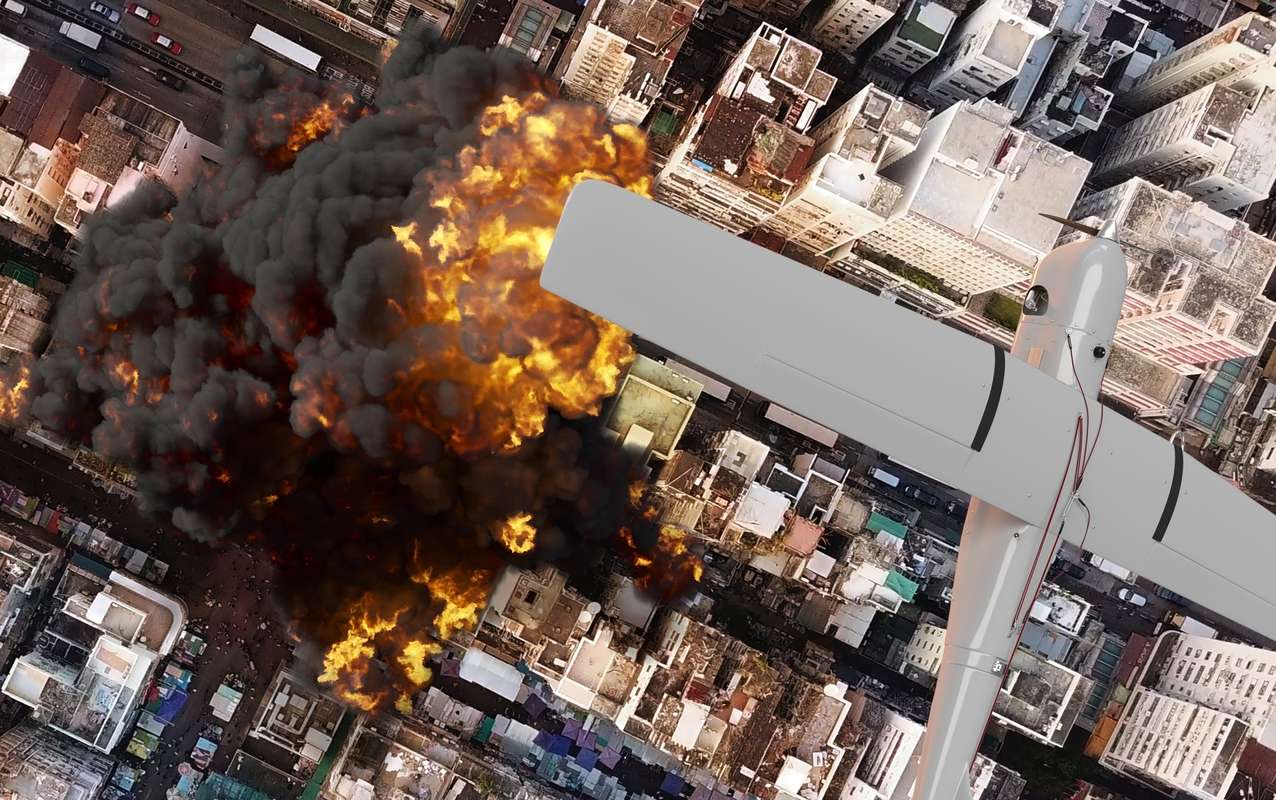
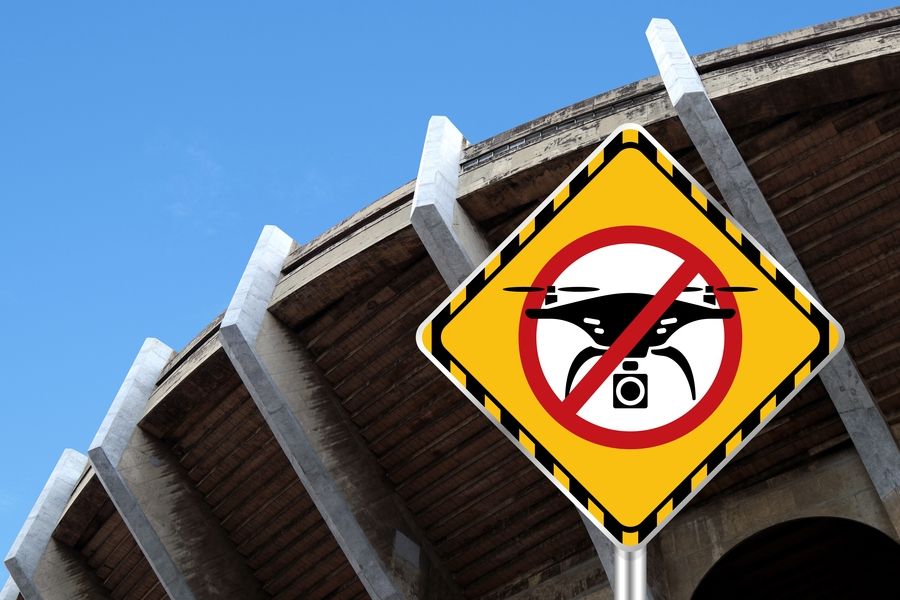
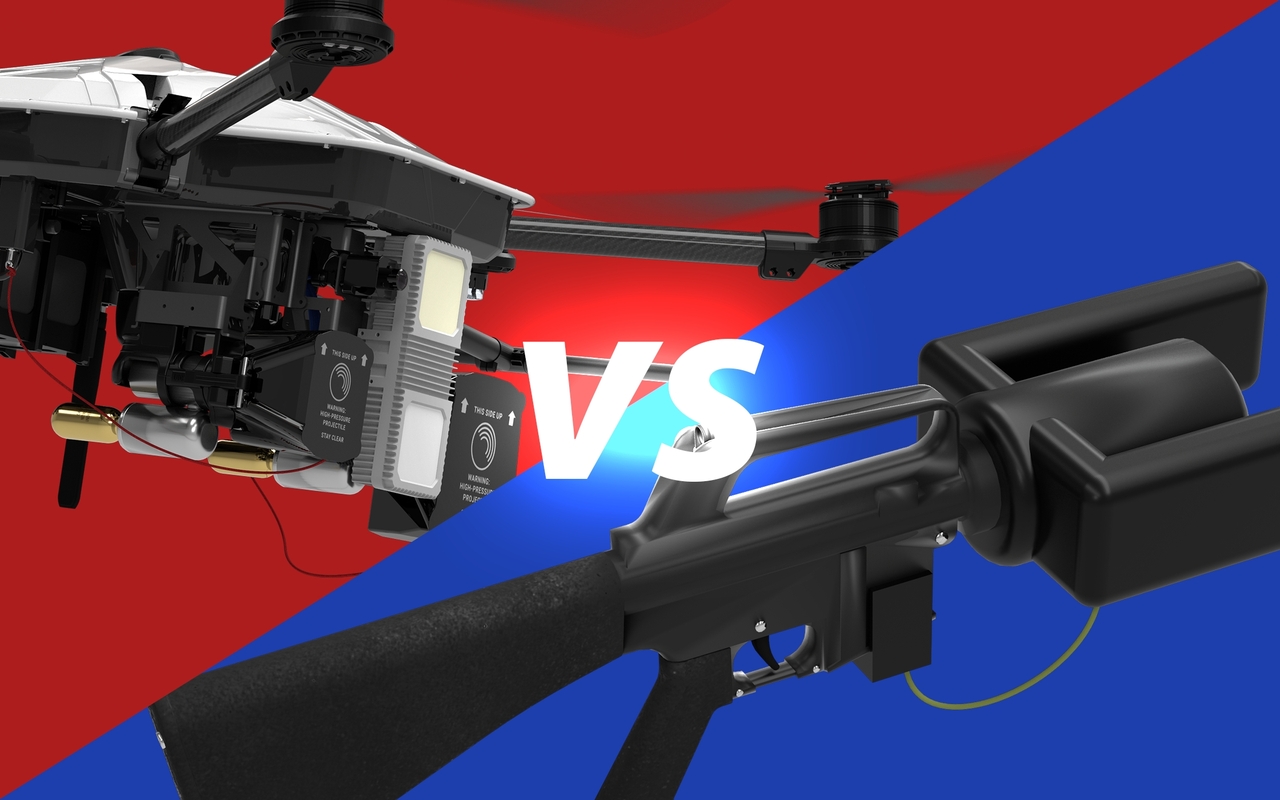
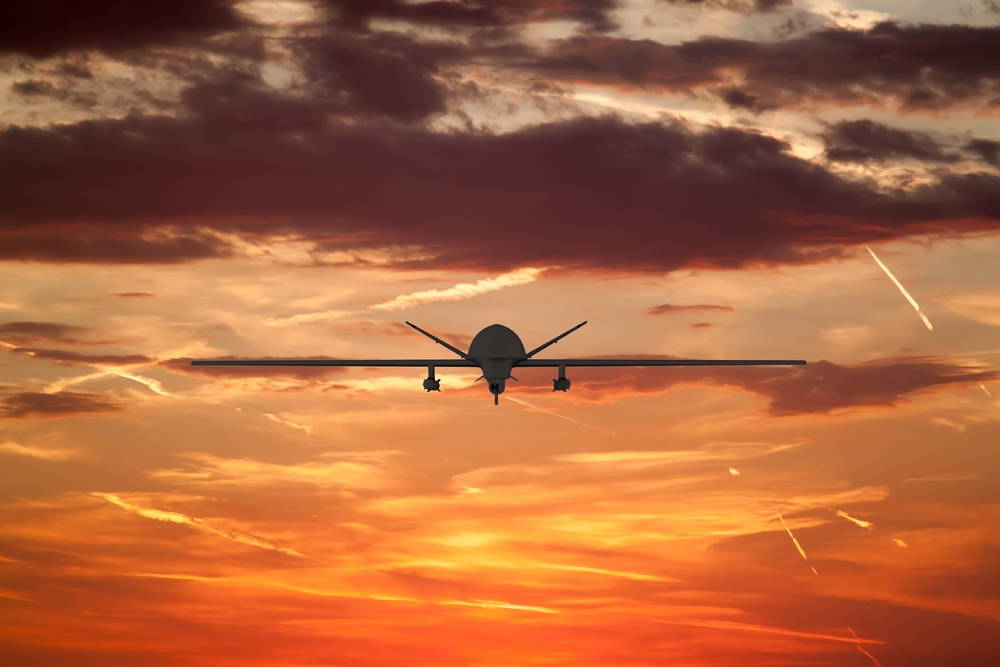
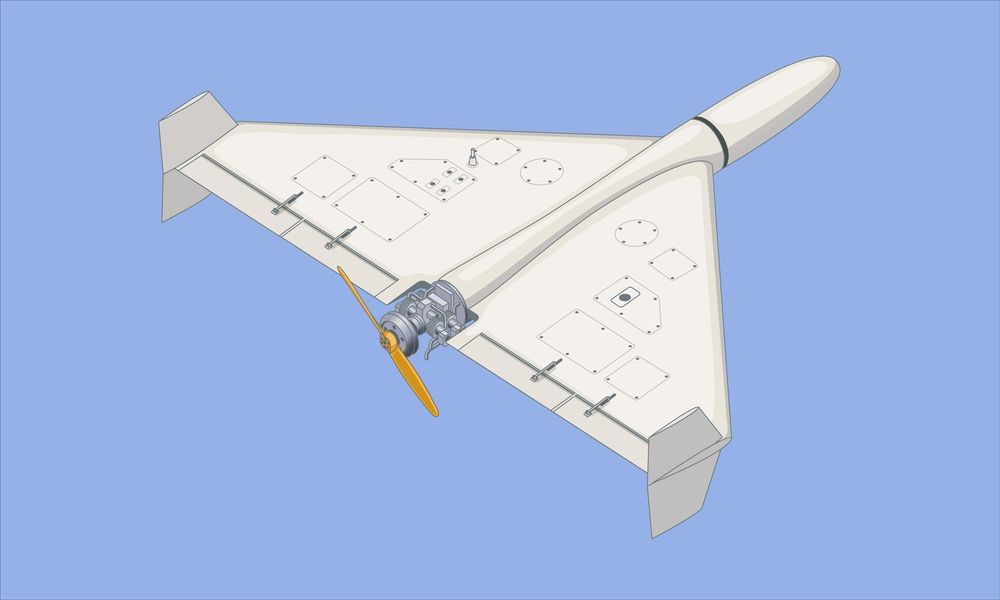
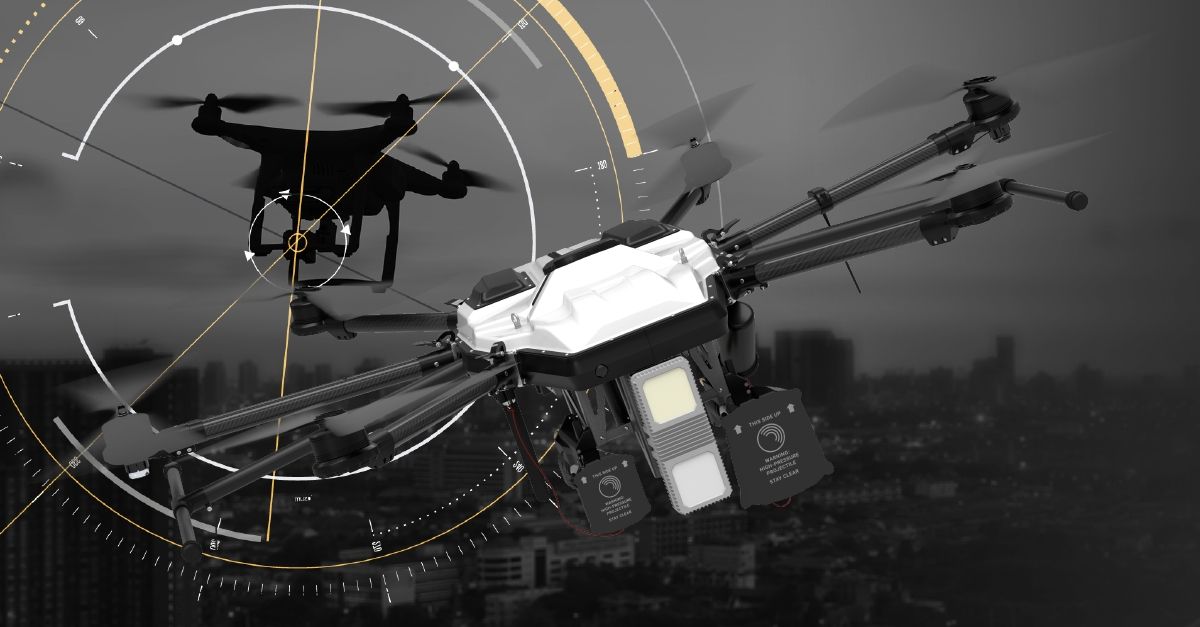
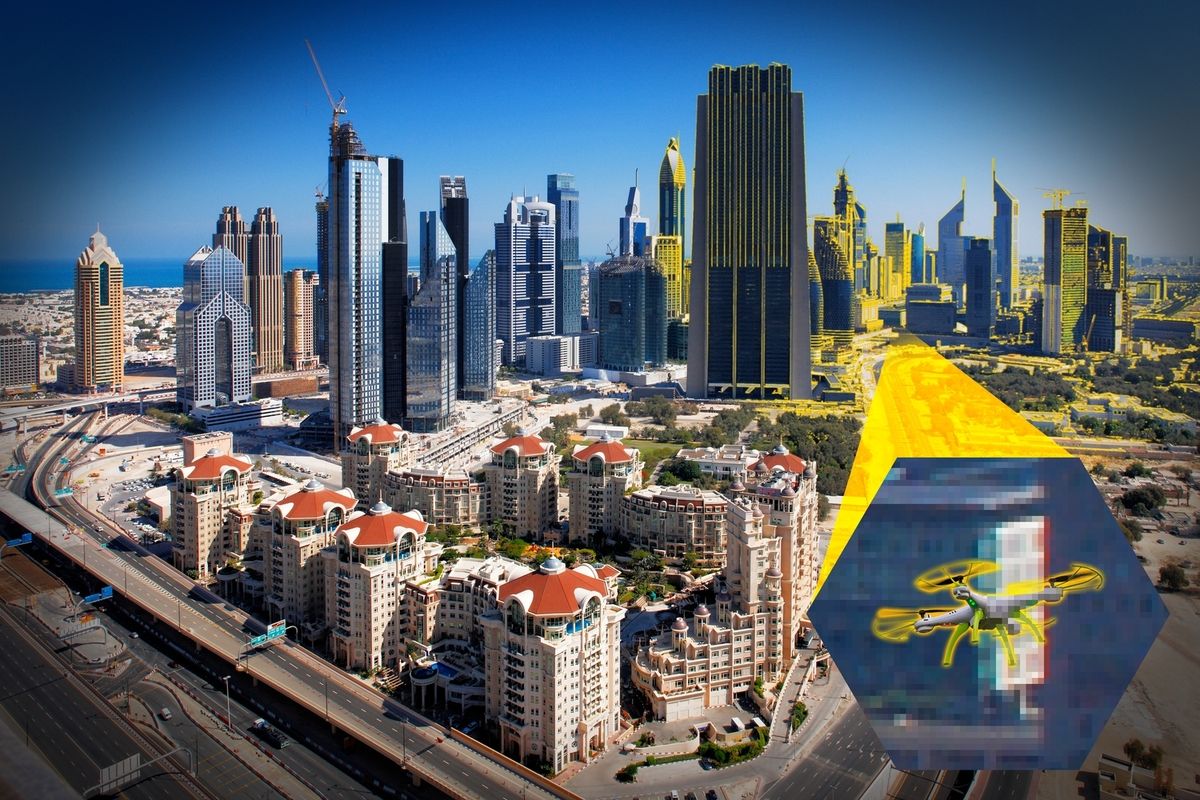
Related posts